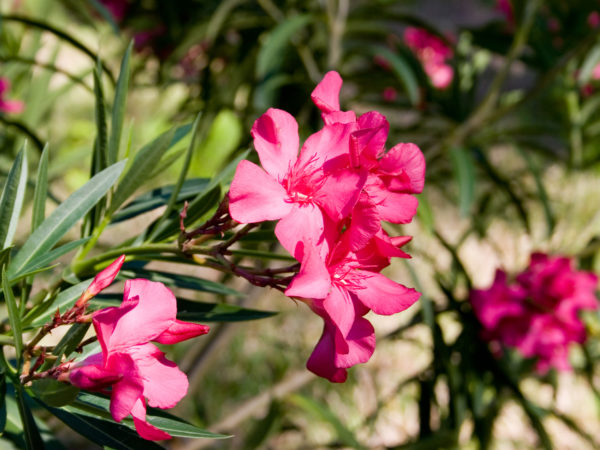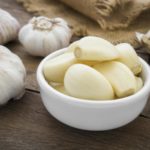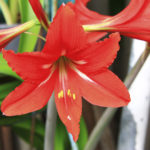Danger in the Garden?
I’ve recently moved into a house with a big, beautifully planted backyard, but I know nothing about garden plants. Are there any potentially harmful outdoor plants that I should identify and try to remove in order to protect my kids and my dog?
Andrew Weil, M.D. | April 23, 2007

Although some plants ARE poisonous if ingested and others (such as poison ivy/oak) can cause trouble if you contact them, most common garden plants present no dangers. For a comprehensive look at poisonous plants, I recommend the second edition of the Handbook of Poisonous and Injurious Plants, by Lewis Nelson, M.D., Richard Shih, M.D., and Michael Balick, Ph.D. Beautifully illustrated and easy to read, the book includes all the toxic house and garden plants you might encounter and tells you, how they can affect you.
Here are a few you should look out for. Don’t take any chances: call your local poison control center if a child or pet or anyone ingests any of these plants.
- English Ivy: This familiar climbing plant contains a toxic compound that acts like soap, producing foam in water. Eating a single leaf is unlikely to cause symptoms, but eating a lot of leaves can cause nausea, vomiting, abdominal cramps and diarrhea; you can also get an allergic skin reaction from contact with the leaves.
- Oleander: Common along roadsides and in backyards in the southern and southwestern United States, oleander is a tall green leafed shrub with pretty pink, white, or red flowers that contains a clear, sticky sap. People have been poisoned by inhaling the smoke from burning oleander, from oleander sticks used to roast marshmallows, and from drinking the water in which oleander flowers have been placed. Symptoms include abdominal pain and vomiting as well as heart irregularities that can prove fatal. Toxins are similar to those in foxglove. Symptoms of foxglove poisoning include pain in the mouth as well as nausea, vomiting, abdominal pain, cramping and diarrhea as well as the same dangerous heart irregularities.
- AUTUMN Crocus (Colchicum, NOT THE COMMON SPRING CROCUS): The whole plant is poisonous, even in small doses (it is the source of the drug cochicine); symptoms of poisoning include pain in the mouth and throat followed by abdominal pain and severe diarrhea; in time, poisoning can lead to even more dangerous severe symptoms involving the nervous system, heart, and bone marrow.
- Rhododendron: About 800 species of this familiar flowering shrub grow throughout much of the United States and Canada. The leaves are extremely toxic. Symptoms include transient burning in the mouth after eating any part of the plant, followed a few hours later by increased salivation, vomiting, diarrhea and a tingling sensation in the skin. Headaches, muscular weakness, and dimmed vision may occur as well as changes in heart rhythm and swings in blood pressure.
Fortunately, plant poisonings aren’t that common. Calls to poison control centers show that incidents involving children under 6 account for only 4.6 percent of the total. In that age group, other common household items – cosmetics, cleaning products, pain killers, cough and cold medicines – all rank higher. Dr. Nelson assures me that the most common form of plant toxicity is the allergic skin reactions some species can cause if you handle them.
Enjoy your new garden, and get to know your plants. They are more likely to give you pleasure and contribute to your well-being than to cause you, your kids, and your dog any harm. Having your own garden can be a lot of fun!
Andrew Weil, M.D.









